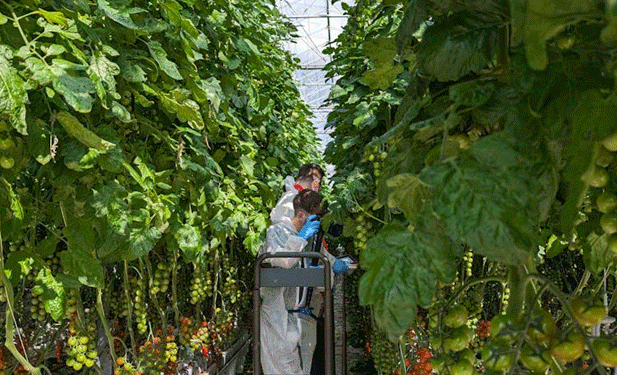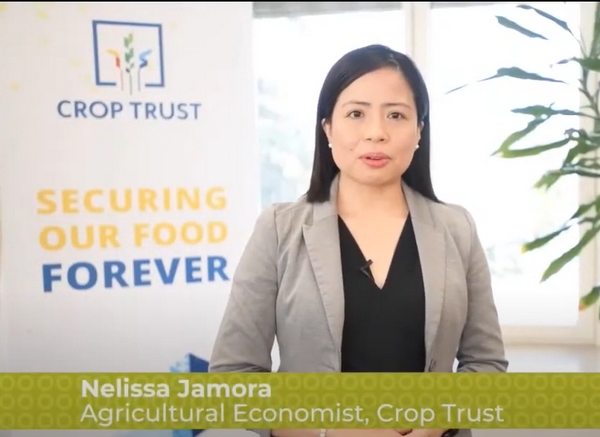In just one generation, the UK has gone from seasonal root vegetables and local apples in winter to supermarket aisles packed with avocados, dragon fruit, and out-of-season berries. While consumers have embraced this abundance, the infrastructure behind it — namely global trade and imports — is increasingly unstable.
According to UK government figures from 2023, 53% of vegetables and 83% of fruit consumed in the country were imported. Meanwhile, domestic fruit and vegetable exports totaled only 100,000 tonnes, highlighting the UK’s dependence on overseas producers, particularly from countries with more favorable climates such as Spain, the Netherlands, Morocco, Colombia, and Costa Rica.
But as Brexit, the Ukraine conflict, and extreme weather continue to disrupt global trade and increase energy prices, the risks of an import-reliant food system have become clear. The UK’s average annual temperature hovers around 9–12°C, compared to Morocco’s 18–20°C, meaning protected horticulture may be the UK’s best chance at year-round production.
Protected Horticulture: An Underused Solution
Protected horticulture, which includes polytunnels, greenhouses, and vertical farms, allows growers to control temperature, light, humidity, and even atmospheric CO₂ to optimise yields. Modern systems also offer:
- Water savings of up to 95% compared to field-grown crops (FAO, 2022)
- Year-round growing seasons, independent of external climate
- Reduced pesticide use due to closed environments
- Significant yield boosts — studies show LED lighting can increase yields by over 50% in crops like tomatoes and lettuce
Despite these advantages, protected horticulture in the UK has not been fully embraced. A recent study by the Greenhouse Innovation Consortium mapped over 12,000 greenhouse sites across Britain, revealing that 70% of them are more than 40 years old. Aging infrastructure, high energy costs, and limited government support have all slowed progress.
Missed Opportunities and Room for Growth
While countries like Sweden are investing over £700 million into upgrading their horticulture sector, the UK has lagged behind. According to experts, UK growers have limited access to:
- AI-controlled climate systems
- Automated harvesting robots
- Subsidies or grants for modernisation
Worse still, 2024 was one of the lowest years on record for total sunlight hours in the UK, increasing energy demands for artificial lighting in greenhouses. Without investment in renewables, insulation, and climate-smart tech, British growers are left at a competitive disadvantage.
However, some progress is being made. Emerging AI systems and precision horticulture platforms allow for real-time data tracking and microclimate optimisation, offering farmers a pathway to higher yields and lower costs — but only if they are adopted at scale.
A Call for Innovation Over Imitation
While the UK is unlikely to become completely self-sufficient — due to land constraints and the diversity of consumer demand — greater domestic production can reduce exposure to supply shocks. Local, technology-enhanced farming can also:
- Shorten supply chains
- Improve food freshness
- Reduce emissions tied to food miles
- Create stable, skilled jobs in agriculture
Additionally, indoor farming can help maintain production during unpredictable weather — a growing concern as the UK faces more frequent floods, droughts, and temperature extremes.
The UK’s modern appetite for exotic, out-of-season produce has collided with the realities of global instability. Rather than scaling back consumer choice, the future lies in scaling up innovation. Smarter greenhouses and controlled-environment agriculture offer a clear path forward — one that’s less dependent on imports and more resilient in the face of economic and climatic uncertainty. With strategic investment and policy support, the UK can grow not just more food, but better food systems.










